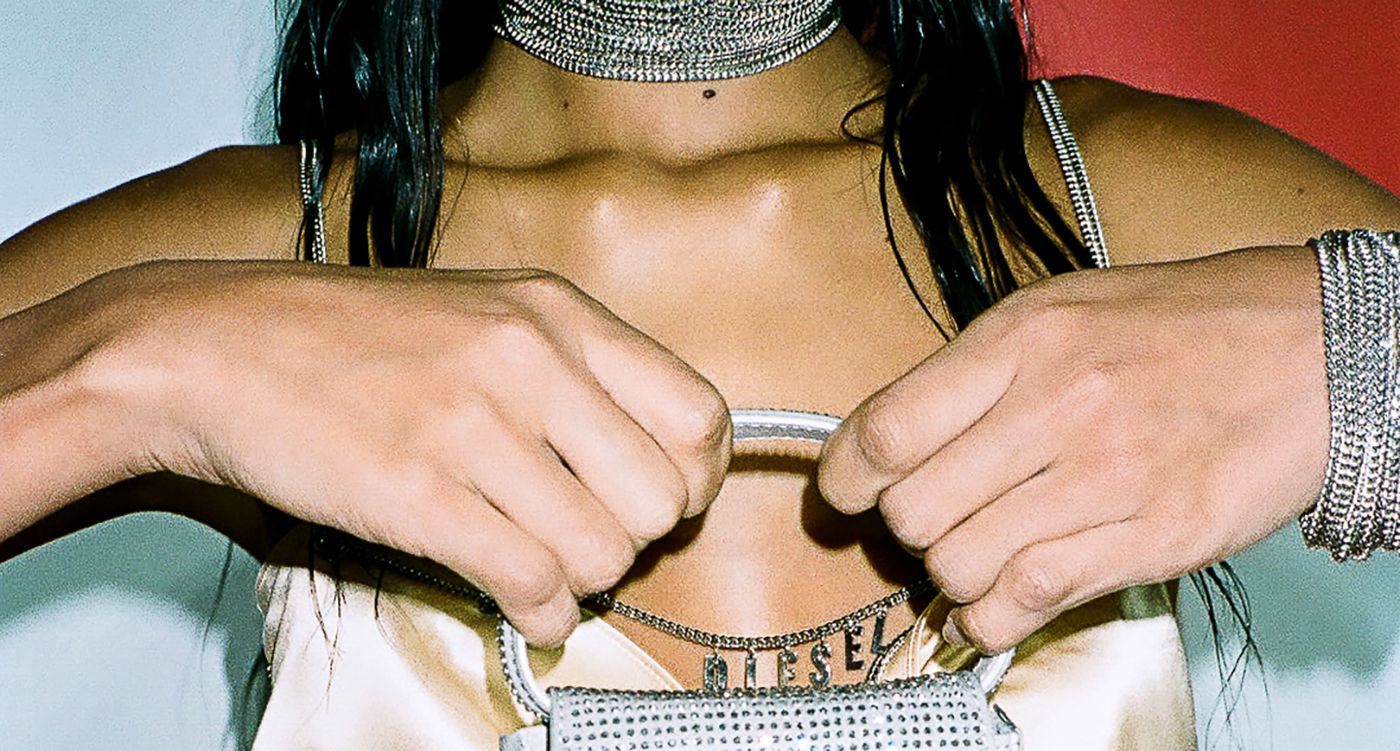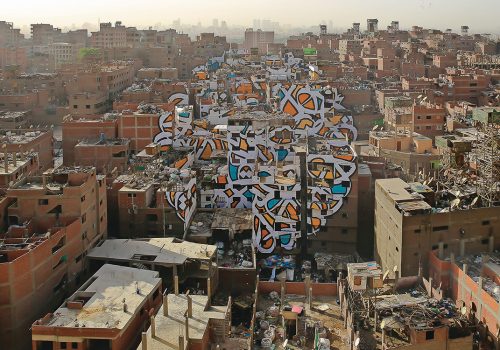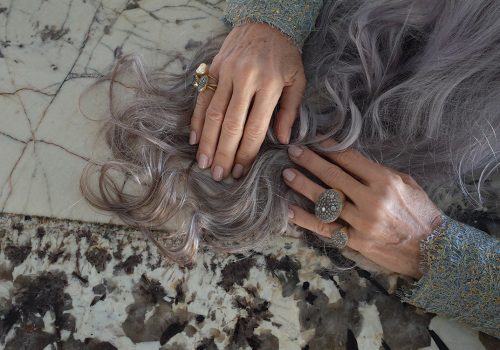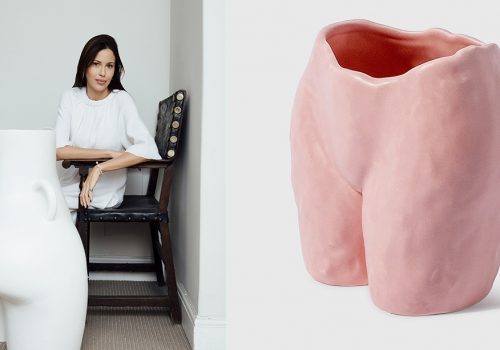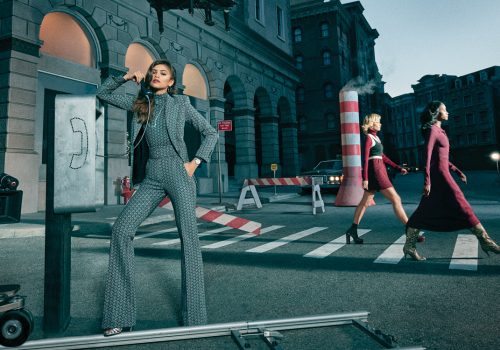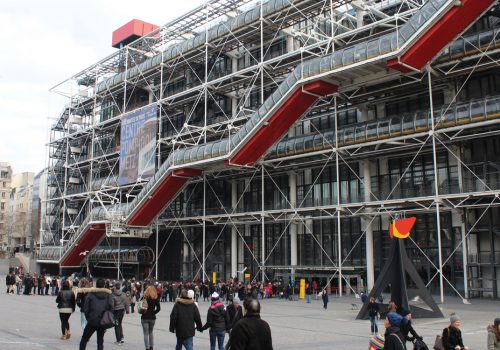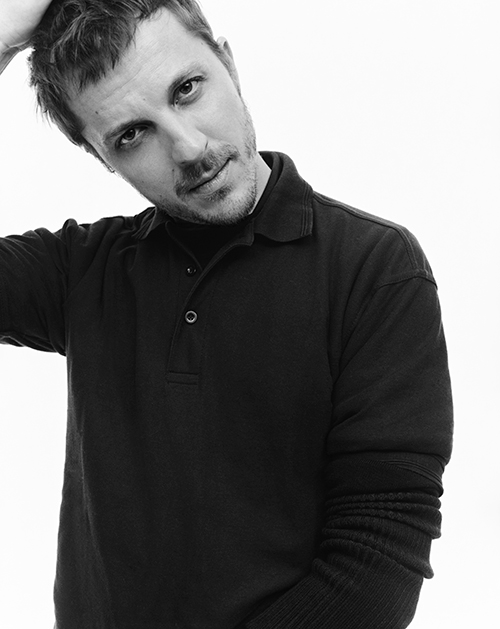
ABOVE: Glen Martens, 39, is one of a new guard of fashion designers spearheading the streetwear revolution.
On the day the fashion designer Glenn Martens was announced as the new creative director at Diesel, no one was more excited than his big brother. “He was a megafan long before I got there,” says the Belgian designer of his elder sibling, a fireman. “His Instagram is dedicated to Diesel and has been for years.”
More than two years on, with celebrities from Nicole Kidman to Kylie Jenner lining up to wear the denim brand’s famous microminis and its show considered among the hottest tickets at Milan Fashion Week, pleasing diehard fans such as his brother is still a top priority. “I think it’s really, really cool that we are talking to the underground, to the cool kids, to the Kardashians – but it’s just as cool that we’re talking to guys like my brother,” he says.
Martens, who speaks to us via video call from the Diesel HQ in Italy, has his own enduring love story with the brand. If you were born between 1979 and 1987 and wistfully remember Christina Aguilera in low-slung bleach-wash jeans, begging your parents to take you to a Diesel store and those dog tag labels that came with every pair of jeans sold, it’s one you’ll be able to relate to. “At 15, I was dishwashing in a bar in provincial Bruges and spending every penny I earned on Diesel,” says Martens. “It was the first brand I felt truly connected to.”
Back then, Diesel – founded by the Italian fashion mogul Renzo Rosso, whose roster of brands includes Jil Sander and Maison Margiela – was as famous for its groundbreaking ad campaigns as it was for its jeans. Among the most iconic was the 1995 campaign by David LaChapelle, which featured two sailors kissing. “That was a big deal for me, it opened my eyes to something more. What was happening around me was boring – this was anything but.”
Boring is not a word you would use to describe Martens’s life now. Indeed, there’s nothing about it that’s remotely provincial – instead it’s a conveyor belt of luxury fashion and business-class lounges, with the occasional night of techno raving thrown in.
As part of a new wave of fashion designers who are spearheading a revolution for streetwear-inspired clothing, he splits his time between Paris and Breganze (in Vicenza, northern Italy), where Diesel is based. When in Paris, Martens is the creative director of Y/Project – he first worked at the conceptual menswear house in 2010, taking the helm of the label in 2013 after its founder, Yohan Serfaty, died. Last year he added couturier to his list of accolades, designing a one-off couture collection for Jean Paul Gaultier.
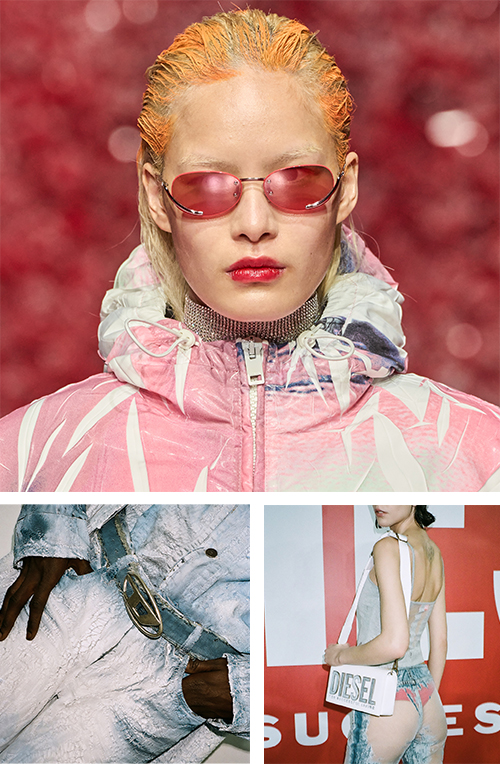
ABOVE: With moaning as a soundtrack and 200,000 boxes of Durex condoms on the runway, “market penetration” was apparently the theme of the latest collection. The fashion was about having fun, enjoying life and being sexy, like wearing denim that fades into transparent meshed lace.
Having two jobs means Martens spends part of the week eating steak in France and the other dining on raw fish in Italy (“I quickly learnt that pasta wasn’t good for my love handles,” he says). Martens laughs a lot – and swears a fair bit too – and has a relaxed and straightforward way about him that’s somewhat unusual for a fashion designer working at a luxury brand (most are media trained and advised to give little away). He studied interior architecture before moving on to fashion and graduated first in his class with a degree in fashion from Antwerp’s Royal Academy of Fine Arts. Martens can be highbrow when he needs to be: “What I do at Y/Project is a bit more serious, it’s about luxury and a design process that is all about construction.” Diesel, which still uses ‘For Successful Living’ as its motto, allows him to indulge his wild side.
The contradictory side extends to his personal life. Martens says he is just as likely to be found on the dancefloor of a club (he once spent 15 hours inside Berlin’s techno institution Berghain, he tells us) as at the opera in Vienna or hiking in Scotland. “It’s what makes me a good fit for Diesel,” he says. “One of the reasons I love it so much is because of the crazy stuff I’m allowed to do here. You can’t do this shit at other brands.”
The “crazy stuff” Martens is referring to is his catwalk shows. His spring/summer 2023 collection for the label was unveiled around a huge inflatable of bodies intertwined (the largest inflatable sculpture ever made) to an audience that included 3,000 members of the public. Meanwhile, the most recent show (revealed here), a collaboration with Durex, played out around a mountain of condoms. “Of course, we have a fashion show and play the game in that respect, but it is important to remember that we’re not a classic luxury house, we are an alternative to it.”
The clothes he creates are anti-establishment too: with cocktail gowns created from vintage denim, bumskimming jeans, “pantaboots” (loved by the actress turned fashion peacock Julia Fox) and those internet-breaking “belt skirts” among his signature creations.
Whether it’s a bleached denim two-piece set to delight an influencer or a pair of jeans to please a fireman from Bruges, doing clever things with denim is what makes Martens tick. “It is the most democratic fabric in the world, and I’m not just talking about the price point,” he says. “Denim is versatile. You can wear it with a heel to a cocktail party, or with a sneaker and go raving. Or you can wear it walking in the Swiss mountains. It’s adjustable to every person and situation, every gender, sexuality, all aspects of wealth.”
Reminding customers why they liked Diesel was Martens’s first objective after taking the position. “A creative director’s job should be to celebrate what it was famous for in the first place. When I got here, I think it was going through a bit of a midlife crisis – the team had forgotten to value what we have here. It’s a goldmine.”
He started by getting well acquainted with the house’s three-storey archive. “There’s a Diesel museum in the HQ, which houses every single piece the brand has ever produced,” he says gleefully. “What’s so absurd is that you can pick up a T-shirt from 1998 and say, ‘It’s perfect, let’s just do it again.’”
But it’s not exactly like for like. Martens is also dedicated to lessening Diesel’s environmental impact on the planet – and accordingly every new product must meet certain criteria. “If you’re not thinking about the environmental impact in this day and age, you’re an asshole,” Martens says. “We’ve got a long way to go, but I’ve got to implement as much change as possible.”
Martens’s progressive approach – coupled with the trend for millennium-inspired fashion that remains hugely popular with young fashion fans – has won Diesel a generation of new fans. “We make sense to a young generation. I remember my late teens and early twenties as a time when we were all just going for it. It’s a time associated with living independently from our parents and being free of someone saying what we can’t do. We enjoyed everything, made the best out of everything. The reason Diesel speaks to this generation is because it fits with this free way of thinking.”
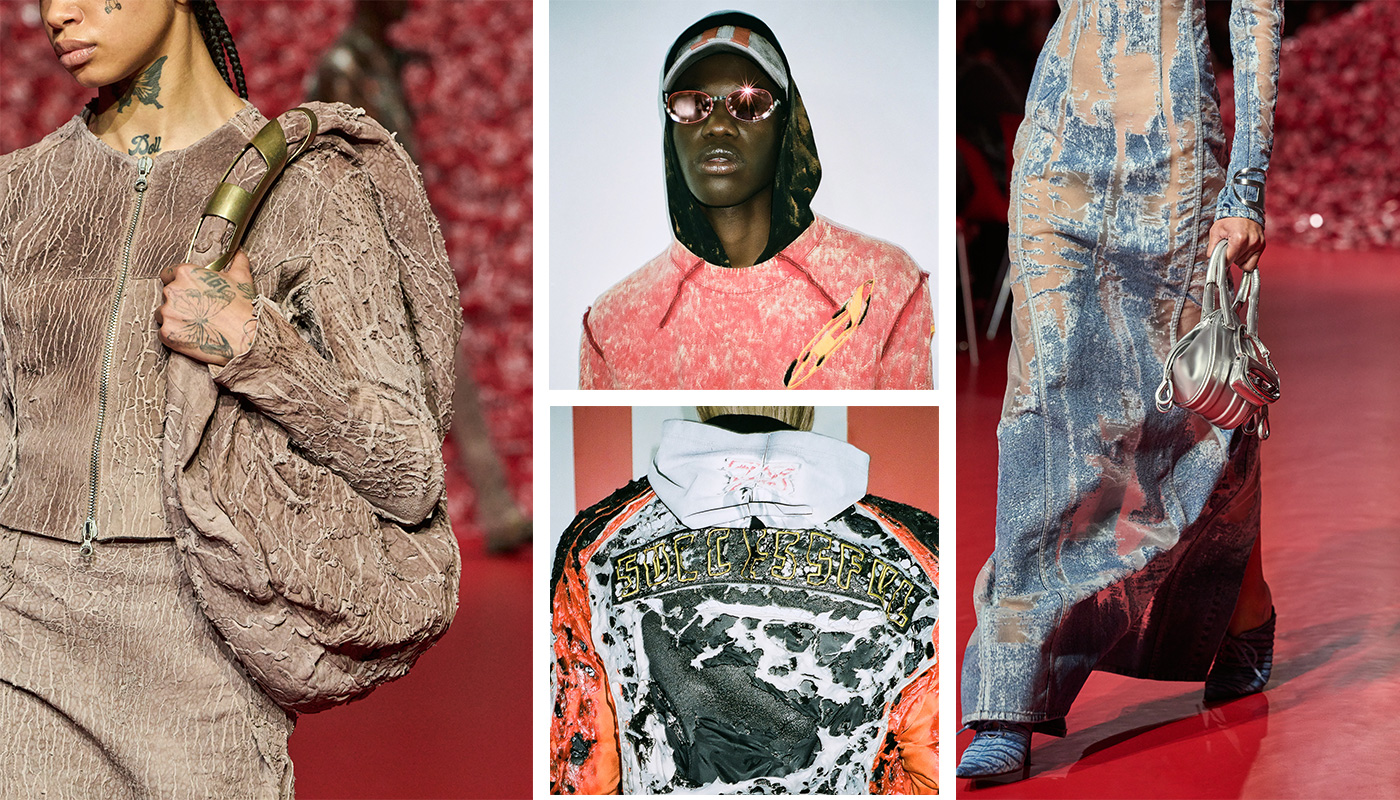
There’s also the matter of prices. Diesel is a lot more affordable than most of the brands with a slot at Milan Fashion Week. Its cult handbag, the 1DR, is priced at about 450 USD, while one of its logo-print T-shirt dresses will set you back 175 USD. “We want to have nice accessible prices but we’re realistic too. Just as we’ll never be able to create a T-shirt for ten euros we’ll never be affordable to everyone. My mother was a nurse and a single mother with two kids – she’d never have been able to afford it.”
Is the mainstream stuff boring to design? Not for this denim geek. Diesel has 14 different fits of jeans, all of which require Martens’s attention. He has also grown adept at understanding how tastes in jeans vary from country to country. “There’s a lot of puzzling to make sure the same collection can be sold from London to Lebanon to China, where taste and style vary so much.”
Of course, like any designer, Martens relishes the opportunity to bask in the glory of a viral Instagram moment – or to design a look every fashion stylist wants to put on the front of a magazine.
“If I sell 50 belt skirts my ego is happy, but if we sell billions of 50 euro T-shirts, I’m also going to be smiling – the whole team is,” he says. “I guess that’s successful living.”
PHOTOGRAPHY: ROSARIO REX


